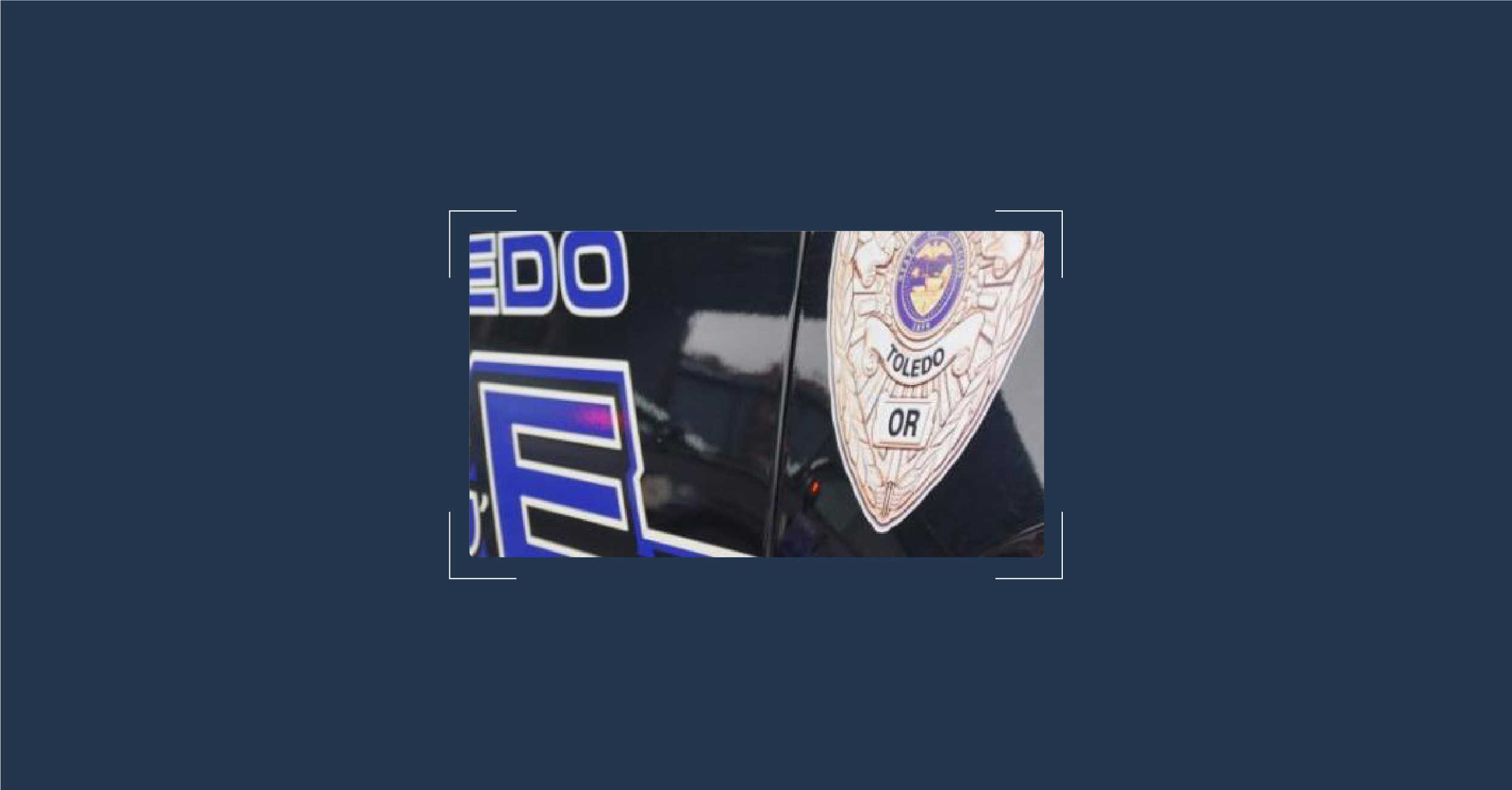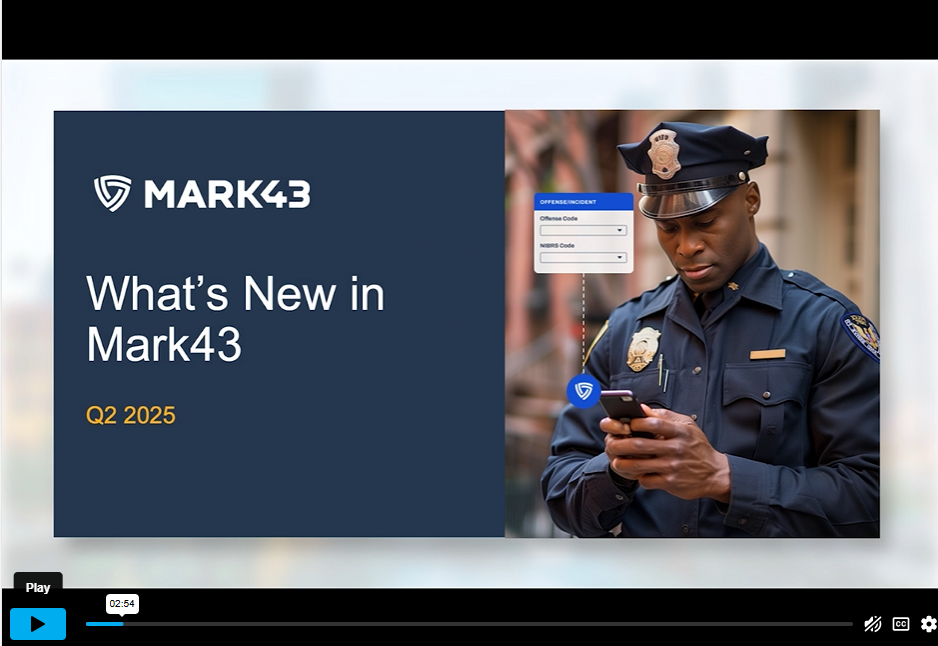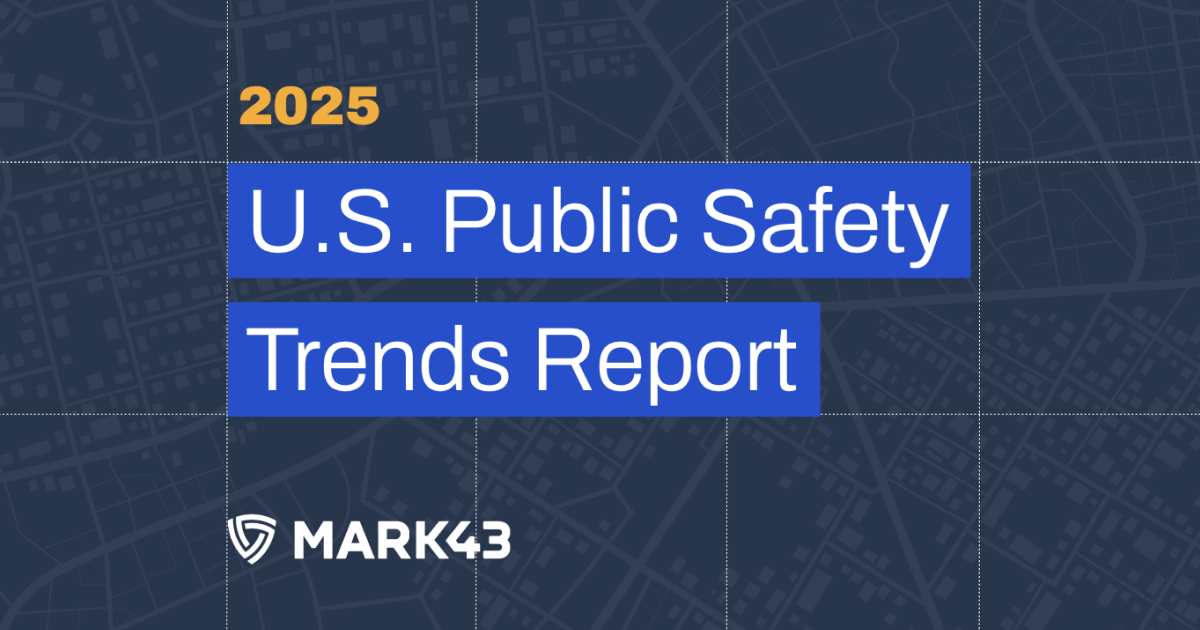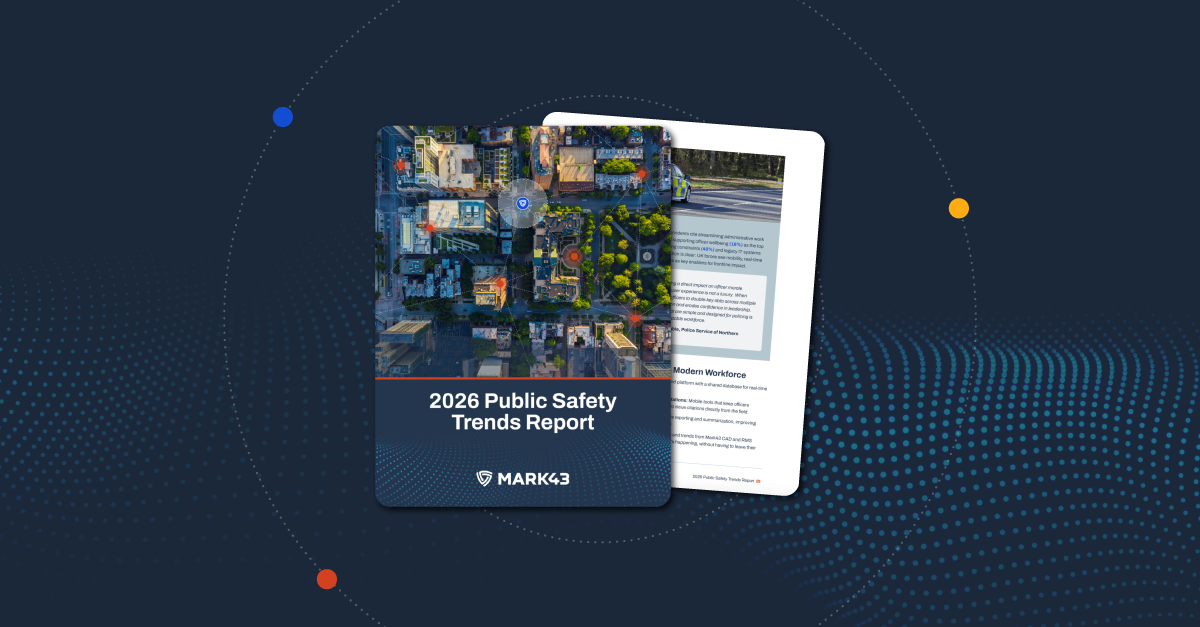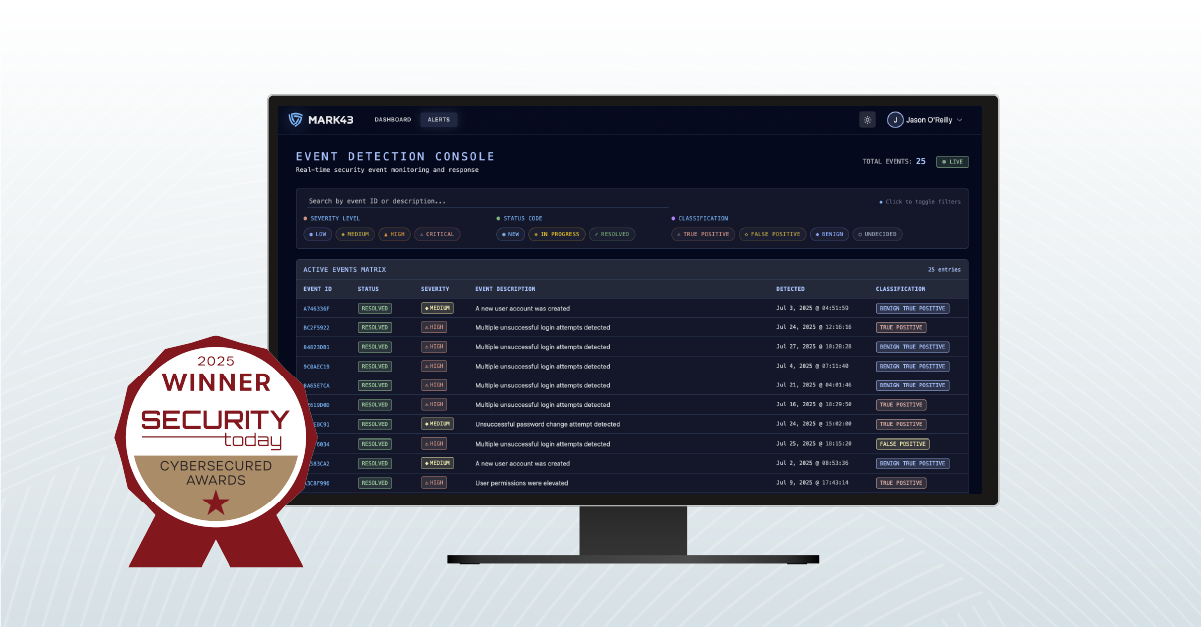By: Matt Polega
Matt Polega is a cofounder and president at Mark43, a leading cloud-based public safety software company.

911 call centers and dispatch systems, essential for emergency assistance, currently face threats on several fronts. These include obsolescence; fragility; the increasing number, severity and cost of cyberattacks; physical attacks; and natural disasters such as hurricanes, floods, tornadoes and wildfires. Now, more than ever, it is crucial for public safety agencies to equip their first responders with resilient infrastructure and applications to effectively handle man-made and natural disasters.
How Cloud-Native Technology Improves Resilience
The reality is that pressure on 911 call centers and dispatch systems is not going away, but many resiliency challenges can be addressed with cloud-native technology. For example, rather than running systems from an on-premises server that is exposed to physical threats and cyber threats, systems can be hosted on the latest continually maintained servers of hyperscalers—geographically dispersed cloud providers like Amazon.
Hyperscalers specialize in cybersecurity and resilience and have the resources to ensure robust protection. Cloud-native technology enhances resilience and redundancy, because if one data center is down for any reason, there is automatic failover to another data center in a different region.
In addition to resilient hardware, a cloud-native technology approach improves the durability of software as well. Cloud-native computer-aided dispatch (CAD) software applications have advantages similar to cloud-native infrastructure; they are continually maintained and regularly updated by a team of experts and have the highest possible availability.
Most leading technology is only accessible when something is truly cloud-native, and a “lift-and-shift” model typically repeats bad design patterns found in on-premises applications. With cloud-native platforms, it’s no longer necessary to rely on in-house software maintenance and upgrades; that all happens automatically and seamlessly.
One concern that some may have regarding cloud-native systems is internet connectivity: If cloud-native systems run on the internet, what happens if internet connectivity is lost? Most communities have local redundancy similar to the geographic redundancy of cloud hosting providers. If internet connectivity is lost at one location, it will be available at another, even at a local restaurant, coffee shop, cellular or satellite service or at dispatchers’ homes.
Generators and backup generators are also becoming more commonplace in leading public safety agencies. Widespread internet connectivity and mobile devices that enable dispatchers to work from anywhere if needed eliminate a single point of failure. Cloud-native internet applications will almost always yield more uptime than on-premises, aging technology.
In addition to the logistical, security and resiliency benefits of moving to cloud-native systems, there are also cost benefits. Cloud-native vendors’ pricing includes comprehensive system maintenance, eliminating the need for on-premises servers that require additional fees for maintenance and replacement.
Costs are predictable and are generally lower than on-premises systems because the vendor is able to leverage economies of scale and pay for less overhead. This is advantageous from an accounting perspective for buyers looking to use operating budgets (OpEx) rather than capital budgets (CapEx).
Best Practices For Selecting A Cloud-Native Vendor
It’s one thing for a vendor to say, “We’re in the cloud and we’re secure and resilient.” It’s quite another to do the arduous work to prove it with third-party, independent, industry-leading security and operational certifications including SOC 2 and SOC 3 (System and Organization Controls Types 2 and 3), FedRAMP and StateRAMP (Federal and State Risk and Authorization Management Programs).
Look for vendors that have these stringent and universally recognized attestations and certifications, which must be continually renewed by demonstrating ongoing compliance.
Furthermore, ensure that the vendor will be with you throughout your engagement with 24/7/365 live support. It’s also important to consider a vendor that has happy customers in many different regions, which proves that its system is configurable to support various customers and regional practices.
Best Practices For Your Internal Team And Successful Adoption
While the best cloud-native vendors will support you and ensure a successful cloud deployment, there are best practices for you and your team as customers. It’s important to have a cloud transformation plan, including objectives, goals and timelines.
You should have a committed team that will socialize and champion the project through completion and partner to determine priorities and timelines with the vendor, including what to initially move to the cloud and what should follow. For example, you may initially prioritize the systems most at risk, the oldest systems or those that you rely on the most to serve the community.
You should keep in mind that most computer-aided dispatch cloud migration projects are neither small nor easy. They are transformational projects, but they also include transformational opportunities for a public safety agency to make a gigantic leap from being fragile to being resilient, secure and more responsive to the community.
Be proactive; it’s best to act from a position of strength and stability rather than after a brush with a human-made or natural disaster.
Change management is key. Constantly communicate with your internal customers and users about why you’re undertaking the cloud transformation project, what the milestones are and the progress toward those milestones. Involve and inform them regularly to help ensure awareness and adoption.
Achieving Morale Improvement And Celebrating Success
From my experience, morale will likely improve for dispatchers using cloud-native systems for three reasons:
• They’ll appreciate that it’s an investment in them as valued team members.
• They’ll appreciate using 21st-century technology, like they regularly use on their phones, rather than old legacy technology.
• They’ll feel great knowing they have tools that help them get an ambulance somewhere seconds faster, that keep an officer safer in the field or that prevent a civilian injury based on real-time information that would otherwise be inaccessible.
Dispatchers, firefighters and law-enforcement officials pursued their careers because they care about serving their communities. Consider giving them cloud-native systems to help them do their work with optimal safety, resilience and security.
Original Story: https://www.forbes.com/councils/forbestechcouncil/2024/07/16/how-to-improve-the-resilience-of-911-dispatch-systems/


